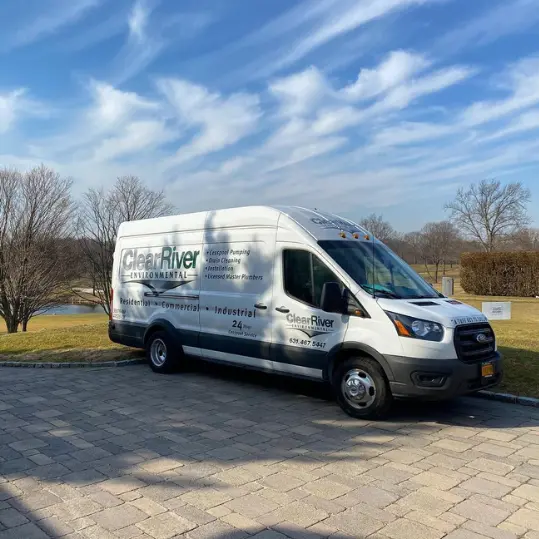When it comes to septic tank installations, a mistake can be costly, both financially and environmentally. At Clear River Environmental, we’ve seen firsthand the repercussions of improperly installed systems. Whether you’re planning a new septic installation or upgrading an old septic system, here are three critical mistakes homeowners should avoid to ensure their septic system operates efficiently for years to come.
1. Improper Septic Tank Size:
One of the most common mistakes is installing a septic system that isn’t appropriately sized for your household’s needs. Factors such as the number of bedrooms, bathrooms, and daily water usage play a crucial role in determining the tank size and drain field capacity.
Technical Tip:
- A typical 3-bedroom home requires a septic tank with a capacity of at least 1,000 gallons. Larger households or properties with high water usage may need tanks ranging from 1,250 to 2,000 gallons.
- Drain fields must be designed to handle the peak daily flow. This involves conducting soil morphology studies and utilizing tools like hydraulic loading rate calculations to ensure the effluent disperses correctly without oversaturating the soil.
- Advanced systems, such as the Norweco Hydro-Kinetic™ system, offer superior treatment capabilities and can adapt to various flow rates, making them an excellent choice for high-demand households.
By consulting professionals like Clear River Environmental, you can
ensure your system is tailored to meet your home’s specific needs, avoiding
future overflows and backups.
2. Ignoring Local Regulations and Permits
Skipping the permit process or failing to comply with local regulations can lead to legal issues and expensive fines. Septic systems are subject to strict codes to protect the environment public health and the environment, particularly water quality.
Technical Tip:
- Permits typically require detailed site plans, including soil tests, system design, and placement relative to property lines, wells, and water bodies.
- Setbacks are critical: most jurisdictions mandate a minimum distance of 50 to 100 feet between the septic system and water wells, streams, or lakes.
- Advanced systems like Norweco’s Hydro-Kinetic™ Green system are engineered to meet or exceed even the strictest environmental standards, ensuring compliance with regulatory requirements.
At Clear River Environmental, we handle the permitting process for you, ensuring compliance with all state and local codes, so you don’t have to worry about unforeseen complications.
3. Overlooking Drain Field Maintenance and Placement
The drain field is a vital component of your septic system, responsible for filtering wastewater into the soil. Placing it in the wrong location or neglecting maintenance can result in failure, causing untreated wastewater to surface or seep into nearby water sources.
Technical Tip:
- Avoid installing a drain field in areas with poor drainage, high groundwater levels, or excessive tree roots. Soil studies, including hydraulic conductivity tests, can determine the suitability of the site.
- Utilize pressure distribution systems for uniform effluent dispersal across the drain field, preventing localized oversaturation.
- Regular septic tank maintenance, such as septic tank pumping after every 3-5 years and inspecting advanced treatment units like those from Norweco, ensures solids do not clog the drain field.
Clear River Environmental conducts site assessments to ensure optimal placement and long-term functionality of your drain field, protecting both your property and the environment.
Why Choose Clear River Environmental?
As leaders in septic installation and maintenance, Clear River Environmental is committed to providing solutions that meet your needs and exceed your expectations. From septic system design to permitting and ongoing maintenance, we’re here to ensure your septic system operates efficiently and sustainably.
For professional assistance with your septic installation,
call us at 631-467-5447 or visit clearriverenvironmental.com.
Let’s work together to keep your home and Long Island’s environment clean and safe!
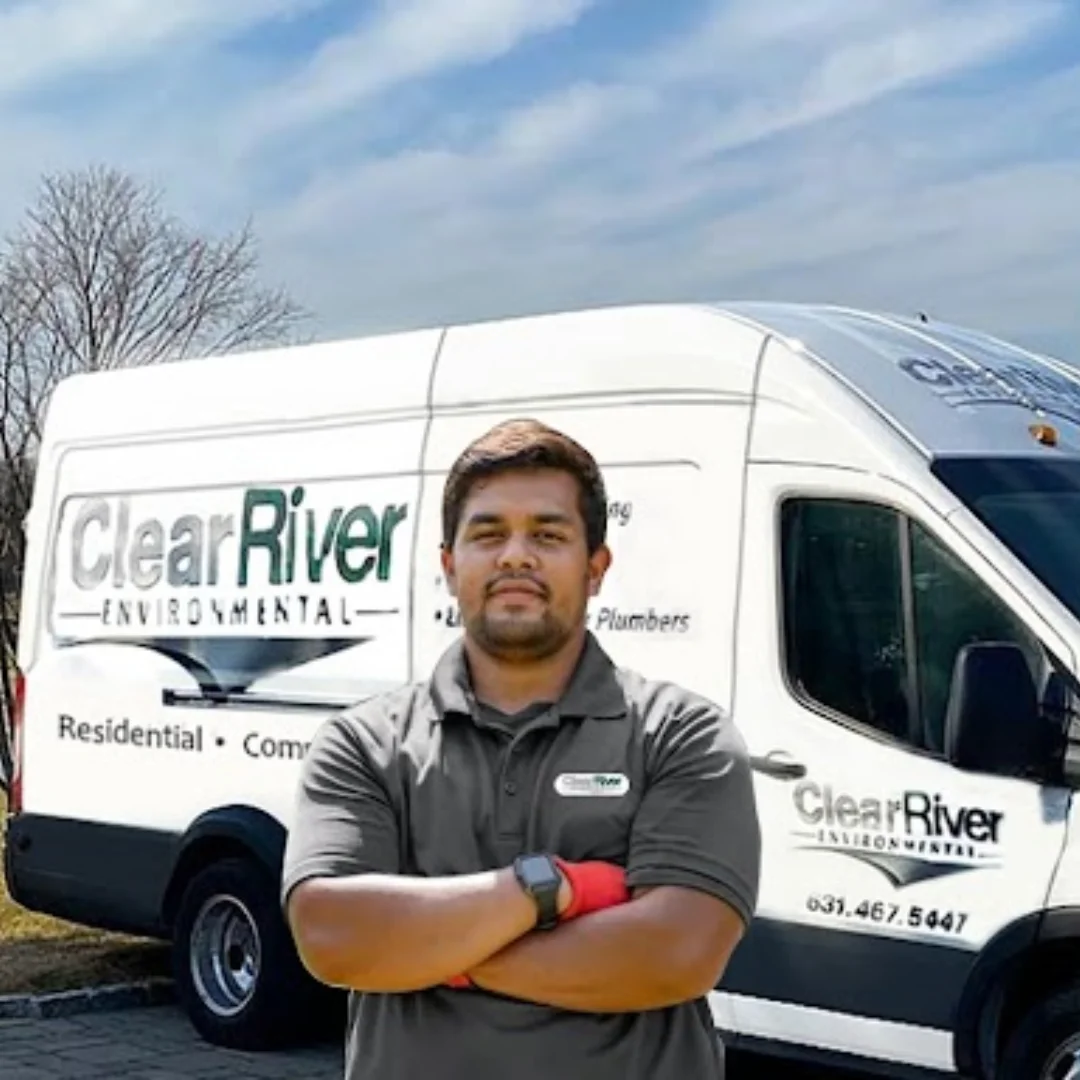
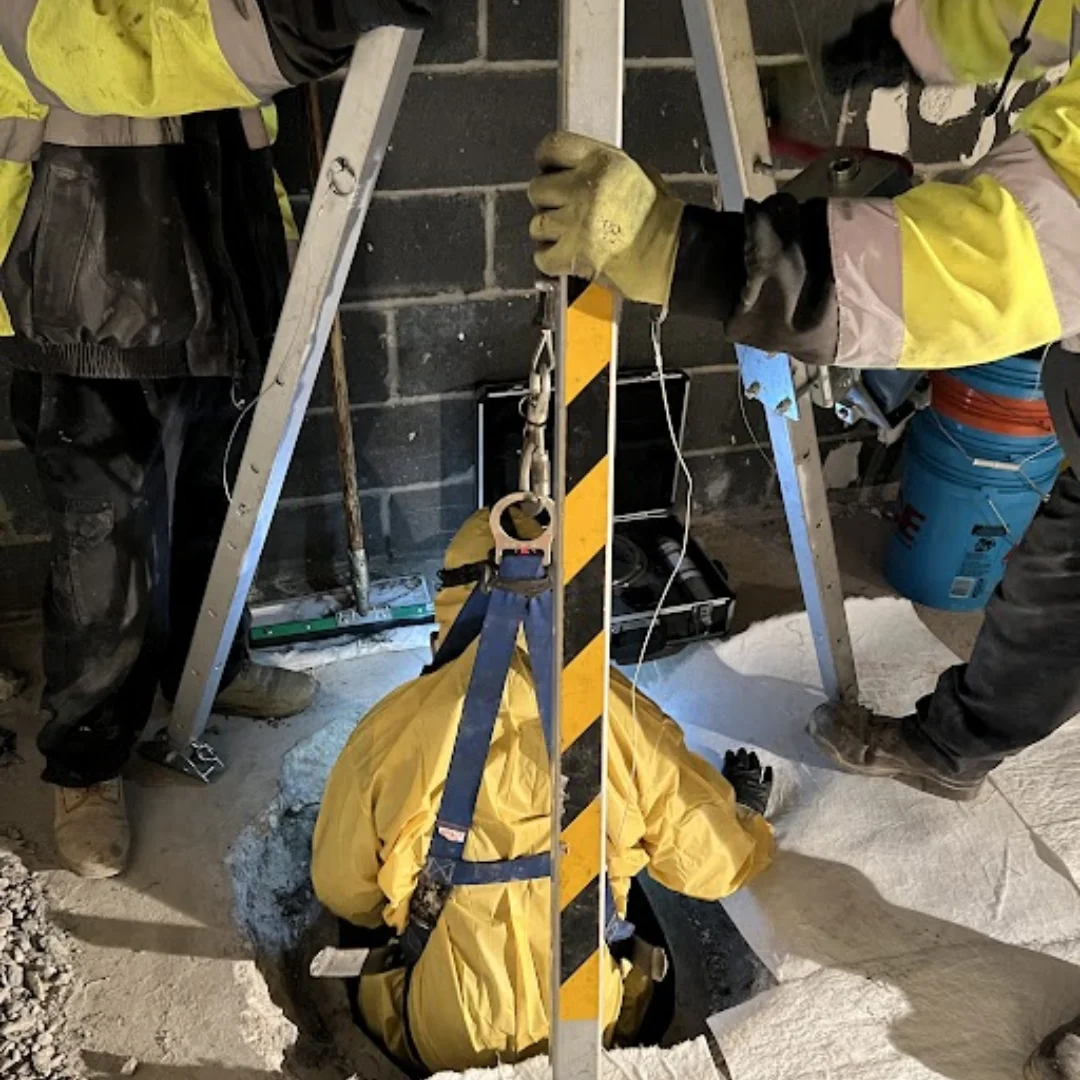
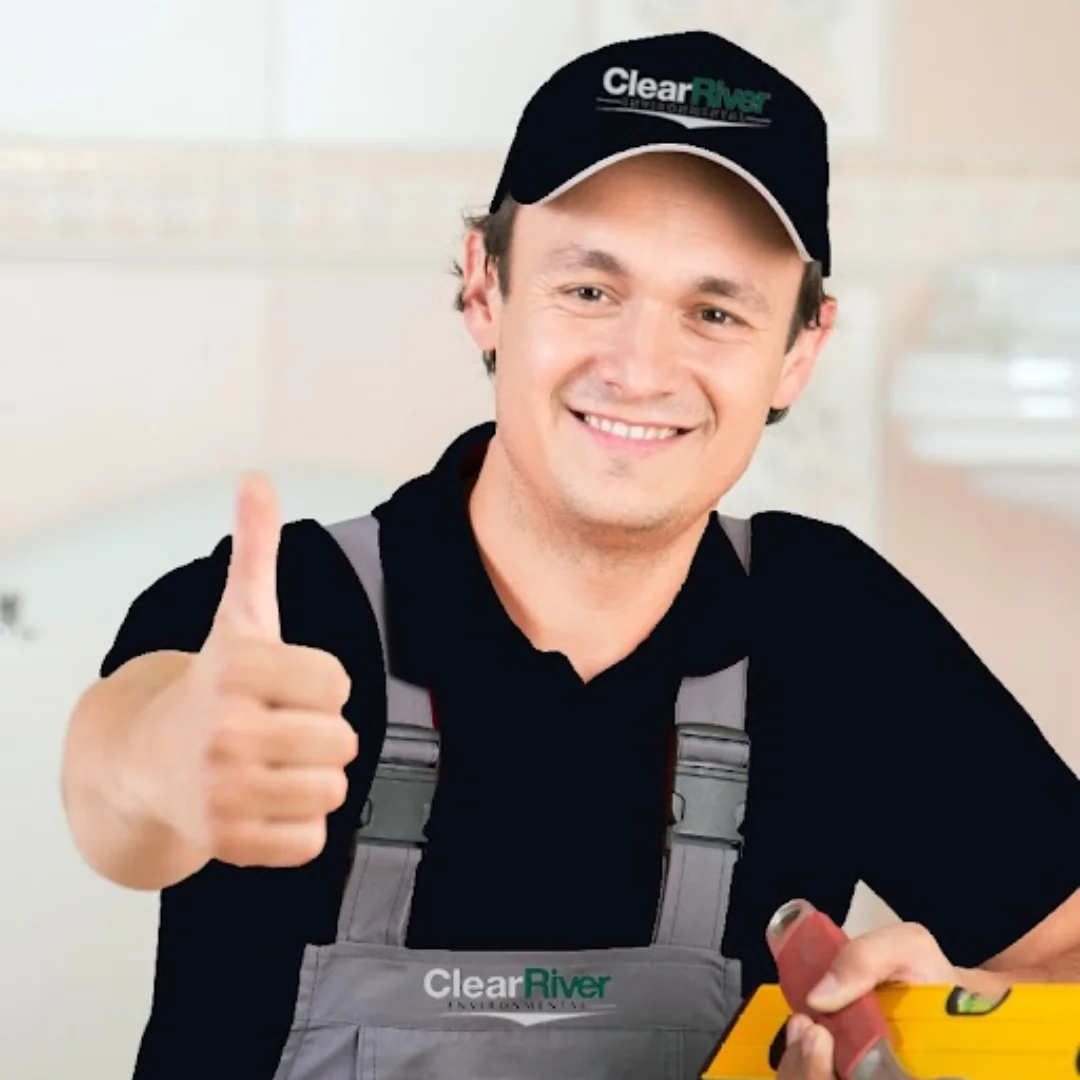
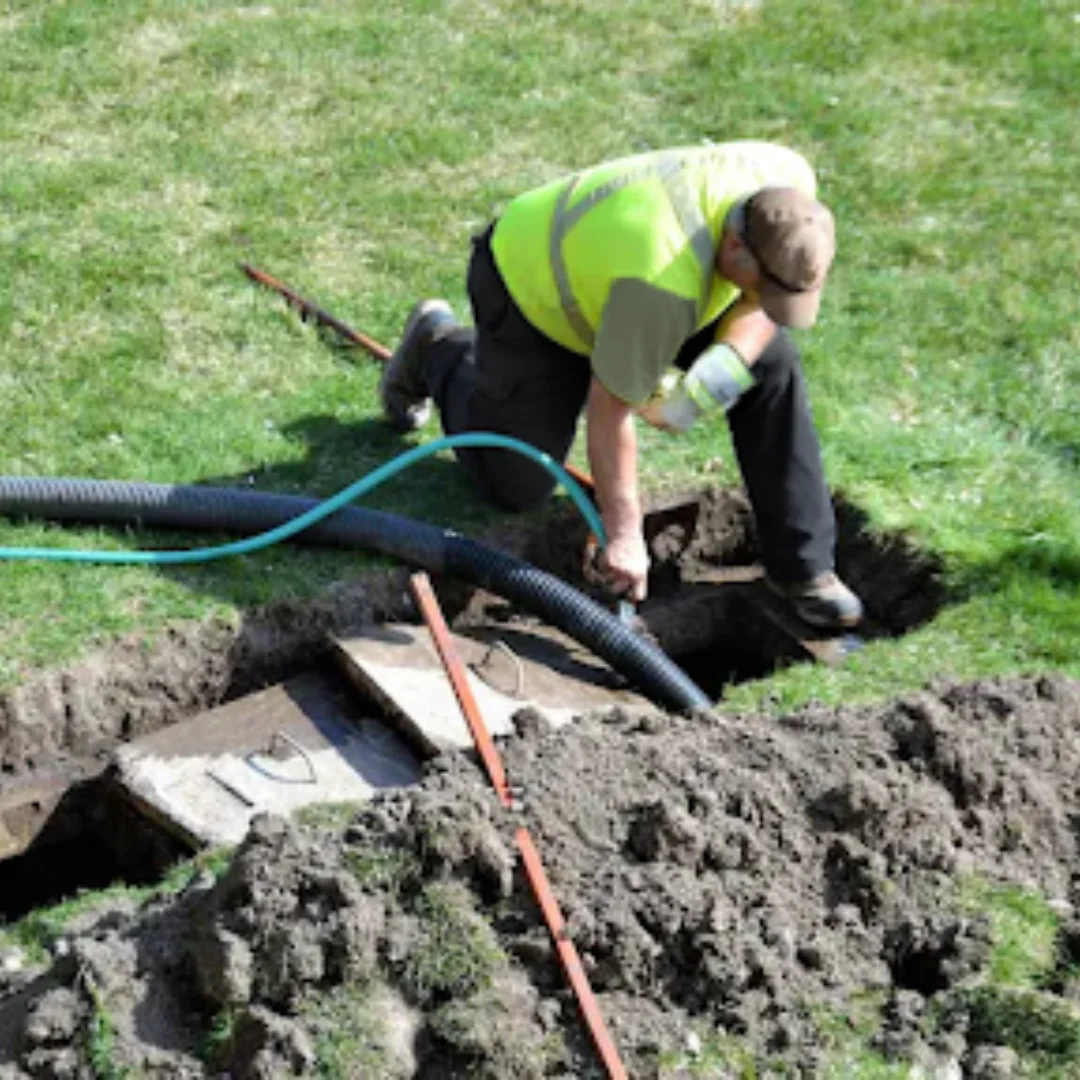
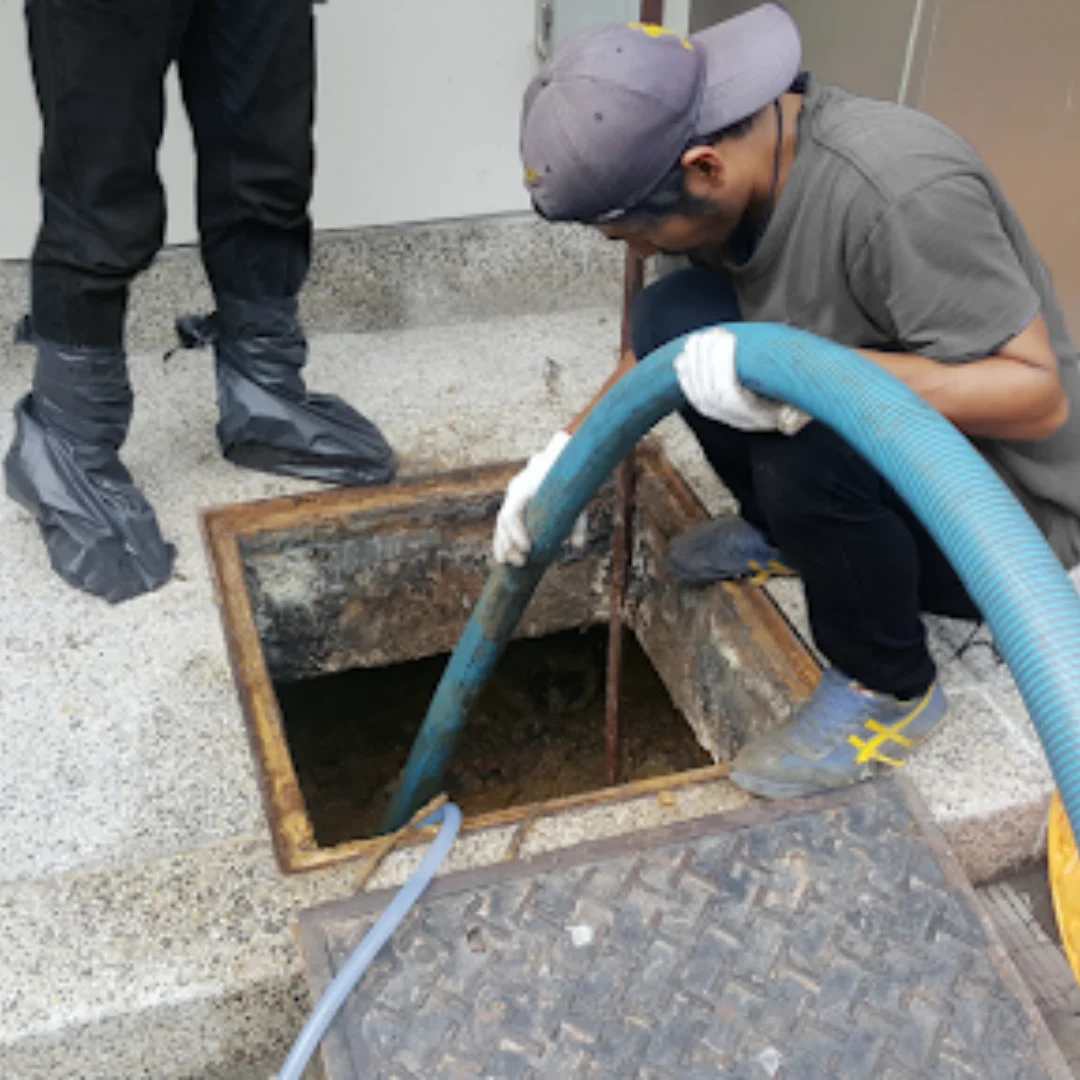
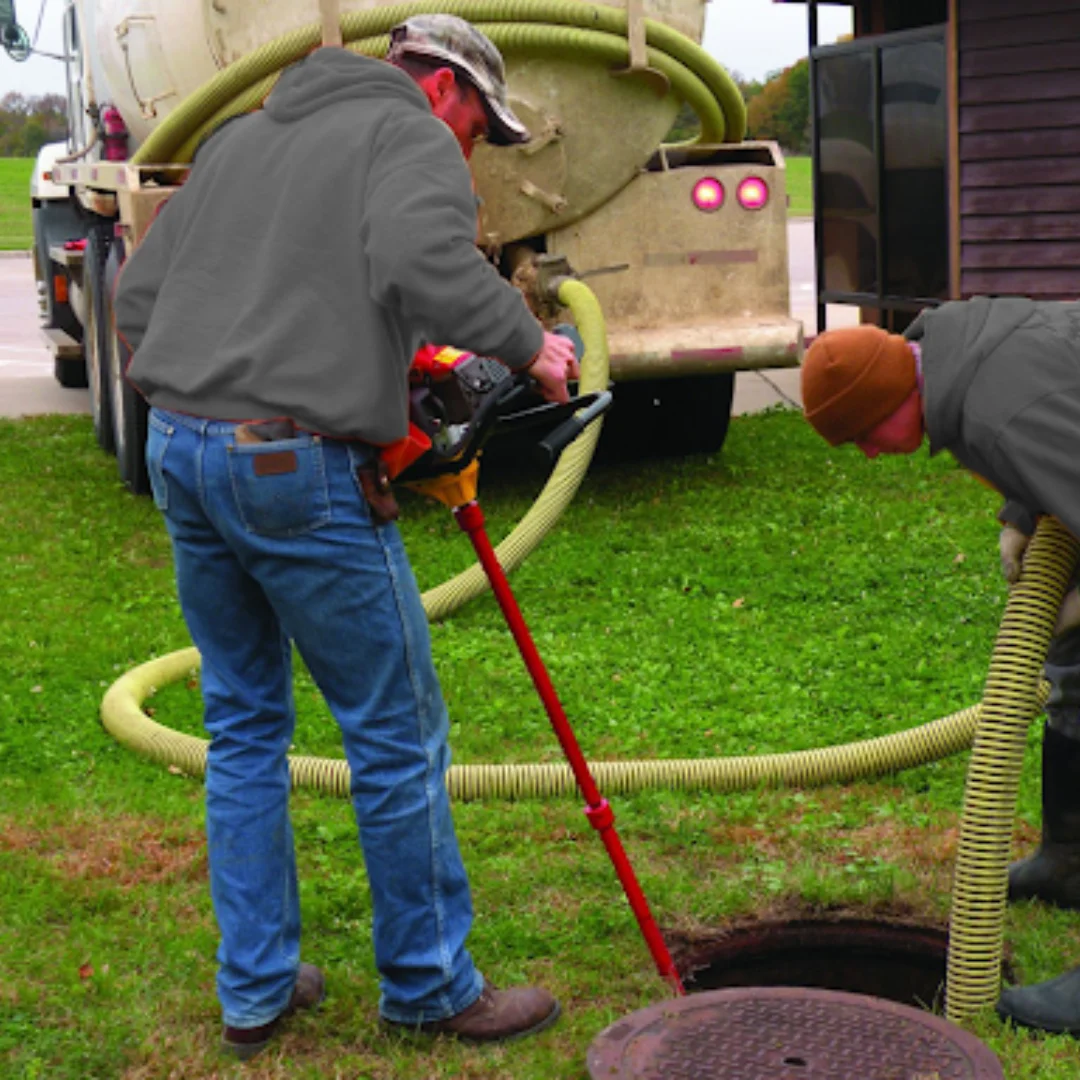
Share This Post
More To Explore
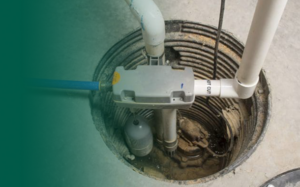
3 Mistakes You Don’t Want to Make on a Septic System Installation
When it comes to septic tank installations, a mistake can be costly, both financially and environmentally. At Clear River Environmental, we’ve seen firsthand the repercussions
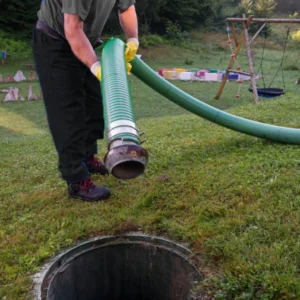
Common Septic System Mistakes to Avoid in 2025
As we step into the new year, it’s a great time to check your septic system and ensure it’s running smoothly. Septic systems are essential

